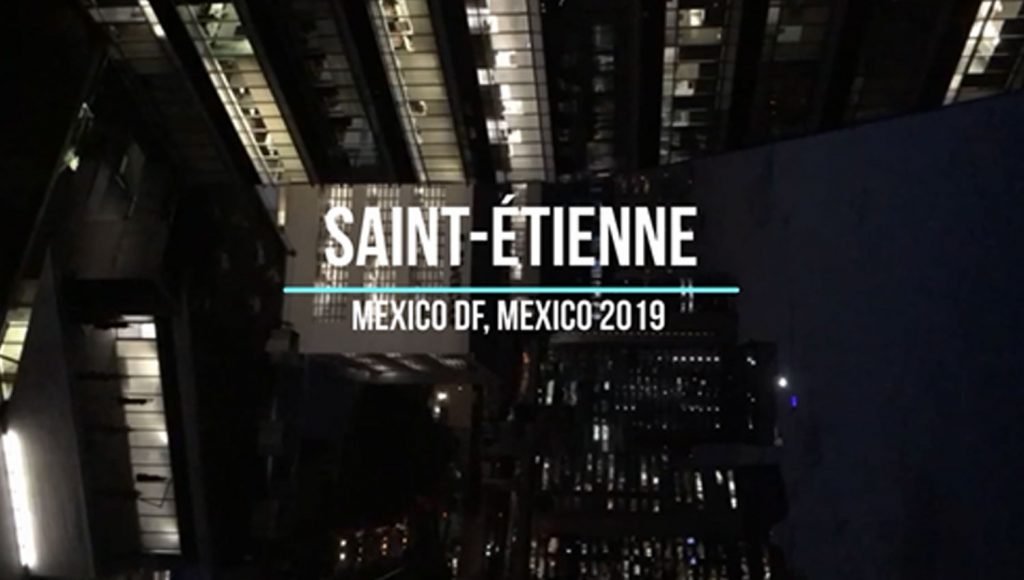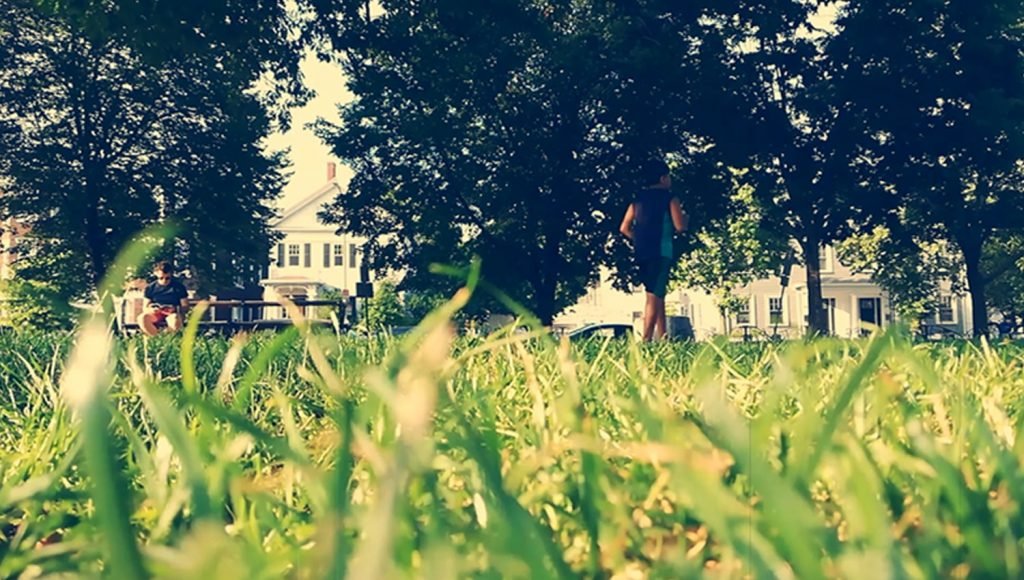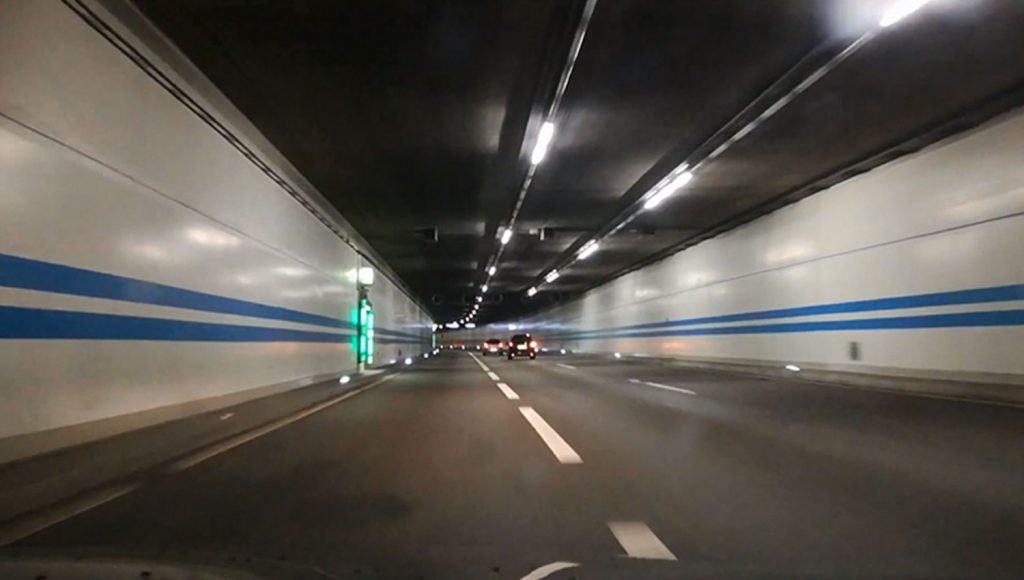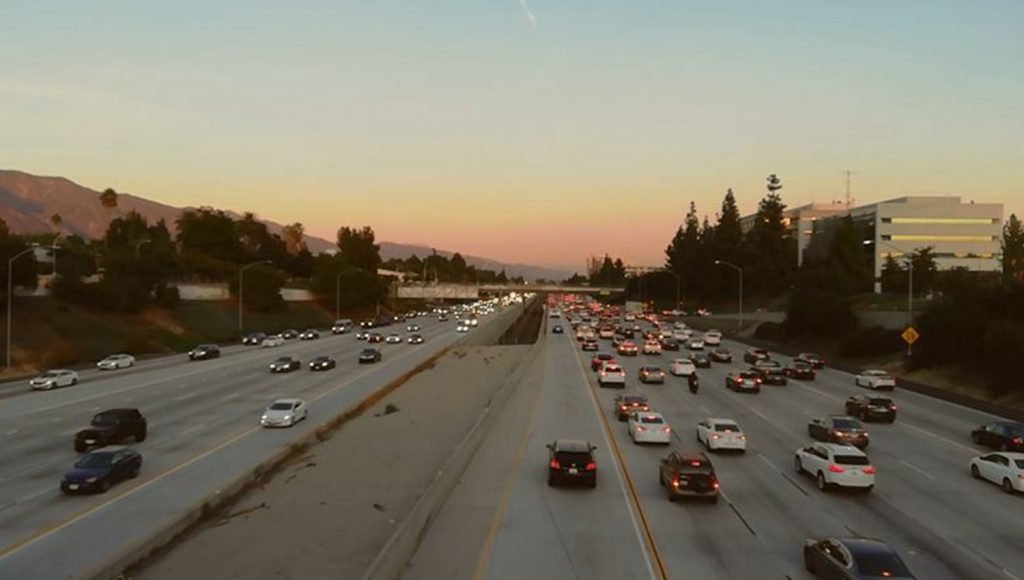SAINT-ÉTIENNE
The art of living places, times and emotions
text by: José Balsa-Barreiro and Manuel Cebrián, on behalf of Art collective Spam Church
Suddenly the world was (literally) stopped. The social contact and all leisure activities have disappeared from our streets. Our contemplative space has been collapsed. About a third of the world population is living confined indoors at the moment. The major capitals around the world have become dark and spectral territories, in which nothing is happening or nothing/nobody is moving. Everything has happened very fast and everyone is trying to manage the emotional impact derived from this pandemic (according to the Kübler- Ross model). Some believe that this crisis results from a divine punishment for our way of life. Whether that premise is true or not, the globalization process seems to explain the unstoppable spread of the virus throughout the world in just a few days and the lack of effectiveness in the response of many countries.
From an individual point of view, social networks have become the great tool to achieve the global interconnectivity of experiences. In only very few years, we have all interconnected with everyone, seemingly placing ourselves closer to each other than we have ever been. Social networks transmit a vision of reality based on subjective experiences. However, in a world with millions of subjective realities, a tough struggle to be heard emerges. Thus, capturing attention has become a new value related to the search for status, which has generated a profound change in our model of society as a whole. In a world where everyone demands attention (a finite resource), there is no one who really pays it. Having that in mind, we can additionally list the serious contraindications related to our continuous exposure to various (and subjective) experiences, such as physical loneliness, the degradation of the meaning of friendship, or even the deterioration of our own health.
The rupture of physical distances and the banalization of tourism must be understood within this same context of over-exposure to other people’s experiences. And with it, the proliferation of so-called “non-places“, referring to those transit spaces, exempt from life, that dominate hypermodern societies.
Taking into account that according to the theory of relativity, time varies according to observer’s speed, we have lived in a world that was moving very fast. It is similar to someone who is sitting in a high speed train and looking out of the window, only seeing a diffuse landscape. Although it is also true that the connective hypertrophy and the apparent feeling of (false) proximity between extreme realities that social networks and the entire machinery of the Internet generate, has led to a world full of paradoxes. Thus, it is still striking that next to the fast world that we describe, a very different world emerges, which promotes meditation, spiritual retreats, digital minimalism, sabbatical cessation of mobile phones, psychedelic drugs and cannabis. This demonstrates how both models try to make the individual escape from the reviled everyday reality and lose all the critical ability to think.
A world that changes so quickly and simultaneously is unable to stabilize its history is a highly unstable system. A world in which, eventually, illusions for tomorrow might no longer refer to future happenings or progress. It depicts a reality in which any kind of utopias have ceased to exist and have been replaced by retrotopias or bucolic images from the past, which never took place.
Aware of the need to offer an alternative to this model, the Antimodernity (or negative Modernity) movement has emerged. This movement arises as a frontal reaction to previous movements of Hypermodernity and Metamodernity, basing its purpose on a recovery of “places” as fixed and stable physical spaces, in addition to a stabilization of history and the subsequent development of traditions. The principles of this movement are introduced in the Antimodernity Manifesto.
The current model of societies, increasingly digital, might be a threat to our most vital emotions. In fact, we spend more and more hours in front of digital devices while reducing our social interactions in real environments. This involves a change in what kind of emotions we feel and how we express them. The digital world and the Internet foster a type of informational emotion that is unequal to real emotions. The conflict between these two types of emotions is particularly serious in those societies with high social interaction and community life. Thus, in some way, the Internet as it is conceived can be considered as a weapon of cultural aggression towards this type of societies.
There exist several initiatives focused on the rediscovery of our real emotions, which propose different strategies. The Analog Sea publisher presents a romantic vision through the disconnection of the digital world through analog literature. Other initiatives have ben developed within the digital world itself, aware that a full digital disconnection is not feasible. The rediscovery of real emotions is carried out through a promotion of lived sensorial experiences. Thus, some images, sounds, smells or flavors can take us to certain places and/or specific moments in our lives. Sounds from Hypermodernity presents a virtual journey through the sounds recorded in different places and environments. Similar approaches are proposed by Nomadic Ambience and Watched Walker, although integrating ambient images and sounds on a journey through different parts of the world and adopting an objective vision of daily situations. Clutch Trucker is inviting us to virtually accompany him on his tours over the highways of North America. All these initiatives are in line with the principles of Antimodernity, which proposes a rational use of technology for an intellectual and personal progression in the mysterious digital world. Therefore, it represents not a movement against technology, but rather a new conception of it.
In this same context, the art collective Spam Church has developed its own initiative for the recovery of basic emotions within a digital world. Saint-Étienne is a digital art project in which the daily reality of movement is captured from a subjective lens. Real emotions are conditioned by the subjective perception of a certain time and place. Thus, it presents an anonymous personal introspection centered on an observation of any type of movement in everyday situations. It is attempted to gain the attention of the observer, although without claiming it. This turns the project into a reaction to many movements and current trends observed on the Internet and social networks. Saint-Étienne mixes real sound, music, image and life in motion.
Human beings tend to reinterpret history and reduce it to very particular moments through concrete memories, many of which are unconscious and random. These memories are stored somewhere in the individual brain. However, certain feelings linked to any of our senses can allow us to revive them many years later. Thus, a smell can remind us of a place or transport us to a past moment in our lives. However, the Internet and digital societies break this paradigm by reinterpreting history from an informational emotion overload. For example, YouTube can give us a very biased view of the music of the 90s because its repository only stores a part of all the music available in those years. In this sense, Saint-Étienne chooses to place itself between the analog and digital world, appealing to real emotions through digital images. It tries to transmit real (and tangible) emotions in a world, which is so emotionally intangible, like the digital world. Besides, it does through the artistic expression within the digital world, which is an unusual place fort art.
Finally, Saint-Étienne was conceived, since its creation back in 2017, as a project basically focused on the evasion of Hypermodernity, the recovery of ¨places¨ (from ¨no places¨), as well as a dedication to solitude. However, the exceptional situation we are experiencing these days caused by the isolation from COVID-19 in much of the world, has allowed to assign a new value to the project. We can continue to feel the freedom of the outside world from our confinement.
Spam Church is an artist collective and aggregator of content originated in 2017 at the Massachusetts Institute of Technology, Cambridge, MA, USA. Currently headquartered Berlin-Kreuzberg, Germany, its charter is to illuminate the many ways spam mediates our social world through design, installations and field experiments.
An antidote for the modern soul, spam church provides digital interaction that subverts the spamminess we have all come to consume without really knowing it. The collective attempts to take back the internet from its colonizers and corporate overlords.
Saint-Étienne
In the early 20th century, corresponding with the renowned Golden Age of Travel, the french city of Saint-Étienne was a popular stop for automobile travelers in Europe. These were times of Modernity in which emotions were real and located outside.
Nowadays, we spend most of our time in front of laptops, smartphones, and other kinds of digital devices. Most of our basic human emotions are under threat. Saint-Étienne is a digital art project based on the transmission of emotions from the observation of movement. It presents new ways of conceiving forms under which the daily reality of a certain place is perceived from a subjective lens. Saint-Étienne mixes sound, image, and life in motion.













